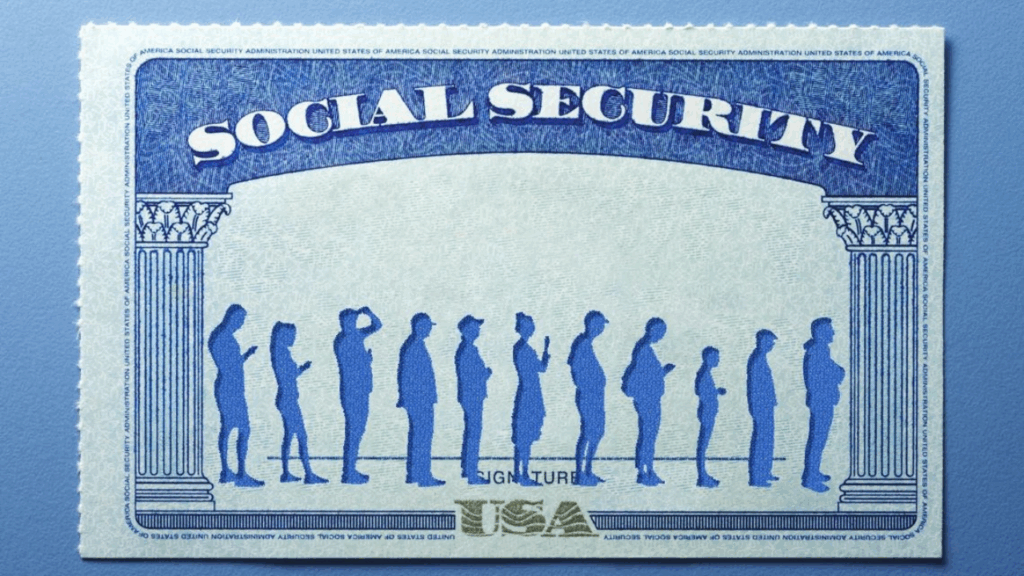Across the United States, anxiety about Social Security is rising fast. From Gen Xers to retirees, millions of Americans are deeply concerned that the benefits they were promised might not be there when they need them. With headlines warning of potential cuts, long wait times at Social Security offices, and dire financial projections, these fears are no longer abstract they’re real and growing.
Why So Many Americans Are Worried
A recent survey by Newsweek revealed that nearly 85% of Americans are now concerned about potential changes to their Social Security benefits. That includes not just those currently drawing payments, but also younger workers who wonder whether the program will still be around by the time they retire.
In fact, 62% of non-retired Americans believe they will never be able to stop working without depending on Social Security. This signals a deep-rooted fear about financial insecurity in old age.
Meanwhile, Investopedia reports that 70% of Generation X—those in their 40s and 50s—say they fear running out of money more than death itself. These are individuals just 10–20 years away from retirement, and their uncertainty is becoming a national concern.
What’s Fueling the Panic?
Several factors are driving the current wave of fear about Social Security:
1. Funding Shortfall by 2033
According to projections from the Social Security Trustees, the program’s trust fund could run out of money by 2033. If that happens, benefits could automatically be reduced by around 21%, unless Congress steps in with new funding or policy changes.
This looming shortfall has led to growing skepticism. Many Americans are asking: will Social Security still exist when I retire? And if it does, how much will I actually get?
2. Administrative Delays and Staff Cuts
It’s not just future funding that’s a problem. Even today, Americans are feeling the strain of an overstretched Social Security Administration (SSA). Staff shortages and budget cuts have caused longer processing times for benefits and appeals.
A report by The Guardian found that many claimants are facing months-long delays, and in some cases, critical services are being postponed or canceled entirely. This raises serious questions about the system’s capacity to serve the growing number of retirees.
3. Rising Cost of Living
As inflation continues to bite, many Americans especially retirees are finding it harder to make ends meet. Even with the 2025 cost-of-living adjustment (COLA), many say it’s not enough.
Rising costs for housing, healthcare, and food are outpacing the monthly checks most retirees receive. For people living on a fixed income, the fear is not just about tomorrow it’s about surviving today.

Behavioral Shifts Driven by Fear
These fears aren’t just psychological. They’re changing how people approach retirement.
- Early Benefit Claims: Many Americans are opting to claim Social Security benefits early before full retirement age just to get something before it’s potentially reduced. But this can permanently lower their monthly benefits by as much as 30%.
- Cutting Retirement Savings: With inflation straining everyday budgets, some workers are reducing or halting their contributions to 401(k)s and IRAs. This makes them even more reliant on Social Security down the road.
What You Can Do
Even amid the growing concerns, experts say there are proactive steps Americans can take to reduce their risk:
1. Diversify Your Retirement Plan
Don’t rely solely on Social Security. Consider building a mix of savings tools such as:
- 401(k) plans
- Traditional or Roth IRAs
- HSAs for healthcare costs
These can help cushion the blow if Social Security payments are reduced in the future.
2. Get Professional Help
Work with a financial advisor who understands the latest policy developments. A good advisor can help you plan for different scenarios including reduced benefits or delayed eligibility.
3. Stay Informed and Engage Politically
Stay up-to-date on policy proposals that could affect Social Security. In 2024 and 2025, both parties have debated major reforms, including raising the retirement age and increasing payroll taxes on higher earners.
Voter engagement on this issue could play a key role in how Social Security evolves over the next decade.
Final Thoughts
Social Security is still the bedrock of retirement for millions of Americans, but the trust in the system is fading. With predictions of insolvency, rising living costs, and administrative delays, it’s no wonder that so many people are afraid.
The good news? There’s still time to act both personally and as a nation. By planning early, diversifying savings, and keeping an eye on government policy, Americans can take control of their financial futures even in uncertain times.





